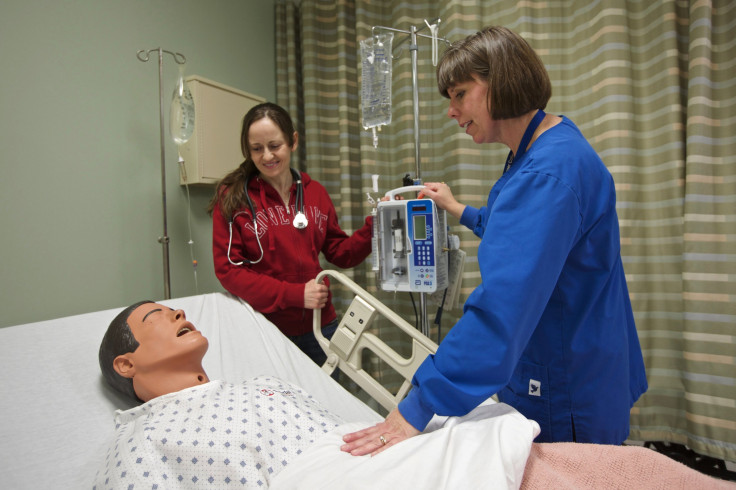ISM Non-Manufacturing Index Proof Again That US Economy Is Growing But At Much Slower Rate Than Expected, Say Analysts

The U.S. nonmanufacturing index rose from 53.1 in April to 53.7 in May, though still lower than it was in eight of the previous nine months, according to the latest Institute for Supply Management survey. News of this follows manufacturing's sharp drop in May and suggests that if growth continues, it'll only occur moderately.
"When taken together, the two ISM surveys are consistent with an easing in annualized GDP growth," said Paul Dales, an economist at Capital Economics in London, referring to figures showing growth from 2.4 percent in the first quarter to just 1.5 percent in the second.
Economists, on average, had expected ISM's index would edge up to 53.5. A reading above 50 indicates expansion in the sector. The May reading was still off this year's peak so far of 56.0, which was hit in February. Yet, economists expressed optimism.
"Timely indicators improved in May, with a net rise in equity markets, home builder sentiment, and most consumer confidence measures," said Maury N. Harris, an economist with UBS Investment Research.
However, because household finances are improving and because the housing sector is recovering, Capital Economics said it expects several things could happen: First, retail and construction sectors will likely support the nonmanufacturing index in the coming months and offset some drag from sequestration cuts that have hit the health and social assistance sectors hardest. It also expects that annualized GDP growth in the second quarter will reach nearly 2.0 percent.
Meanwhile, a measure of employment fell to its lowest level in close to a year. "The bad news in this survey was the fall in the employment index to a 10-month low of 50.1 from 52.0 in April," Dales said. "In the wake of today's soft ADP report, this further increases the downside risks to our forecast that payroll employment rose by 175,000 last month."
© Copyright IBTimes 2024. All rights reserved.





















